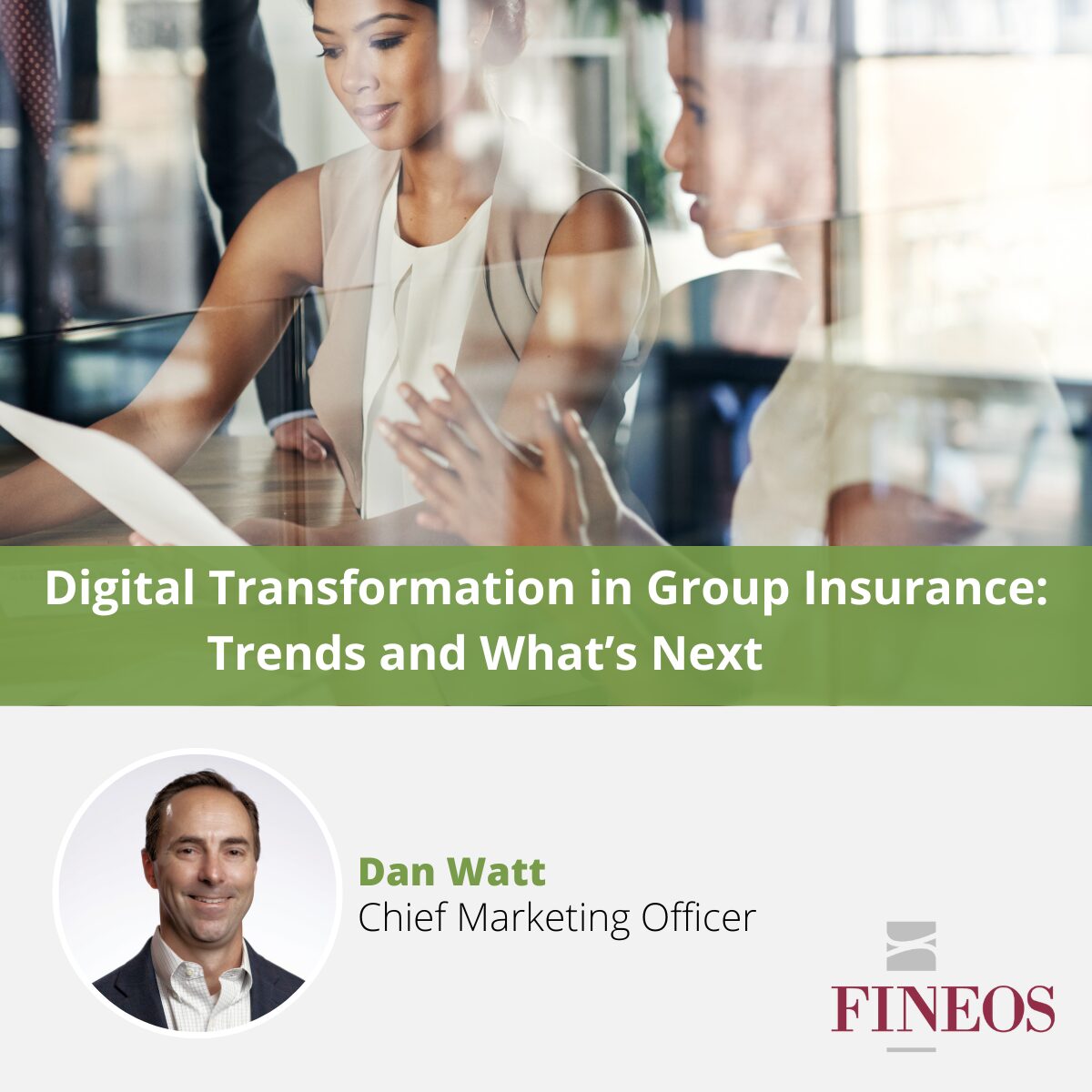Technology advancement drives social, political, and economic change over time, but it is difficult for individuals or companies to quickly adopt new technologies and optimize the value that comes with them. A great example is the modern smartphone, especially for those of us who remember the introduction of the cellphone. We all liked wireless calling and texts on those early phones even if the keyboard and the overall experience were still shaped by the landline phone.
With the introduction of the smartphone, mobile phones gave us a broad range of new capabilities. The question for those who have adopted these new capabilities versus growing up with them, is have we fundamentally changed the way we think about communication? And have we learned to let the device help us manage our communication better?
Technology, Value and Change Management
A panelist on a popular tech podcast mentioned that not only does she have her smartphone set to allow a very small group of people to call through to her, but also the voicemail asks others why they are calling her. It continues: If you know her, text her. If not, send an email to request a meeting — and it then hangs up without taking a message.
This might seem rude, but the takeaway is that she has used the technology to change the way she communicates. This change has improved her day and the people who have a reason to connect with her also have a better experience.
In many ways, this mirrors the need for change management that insurance carriers confront in the wake of digital transformation initiatives, especially those involving core system replacement.
Tactical Replacement vs. Digital Transformation
In core systems projects, it’s important to distinguish between tactical system replacement and digital transformation. They have very different drivers and outcomes. Tactical system replacement is replacing a key component in an existing system to address an at-risk system or enable a new function the existing component can’t support. It is not meant to materially change the overall process and business of the company; change control and training are actively minimized to avoid productivity dips or any variation in the user experience (UX).
Successful digital transformations are intended to materially change processes and will absolutely change the UX for the end customer and for the internal employee using the system. Forward-thinking insurance executives know that to compete now and in the future, they need a core system that enables a modern UX, supports new products and optimizes internal efficiency and effectiveness. Unfortunately, some insurers want the benefit without the business disruption that digital transformation can bring. Change is hard. That doesn’t make it one iota less valuable.
Transformation Begets Disruption
Operational leaders want many of the same things as executive leadership. Add to that the goal of keeping the current process going, mitigating the impact of change caused by the new digital transformation initiatives, and continuing to meet service level goals. From a core system perspective, this leads to a dynamic where the modern system is twisted to operate like the legacy system while maintaining the old processes as much as possible. This defeats the purpose of the transformation to a future-ready core system. It’s the equivalent of using a smartphone like a first-generation flip-phone.
The enshrined business processes tailored around decades-old legacy systems generally have a very poor UX. The cost to take modern core systems, purpose-built for the Employee Benefits space, and configure them to work like a system built in the 1980s is very high and the resulting “new” system is unlikely to ever meet the strategic goals the executives would like to achieve.
At the beginning of every core system project, it is important to decide if the goal is tactical system replacement or digital transformation. If the latter, business process re-engineering and a strong change management program will be critical to success. For digital transformation projects, executives and operational leaders must agree on the desired endgame, embrace change management, and cascade their buy-in throughout the organization.
What pitfalls do you see as insurance leaders look at evolving modern technology in the Employee Benefits ecosystem? What are the opportunities? Let’s discuss it.


